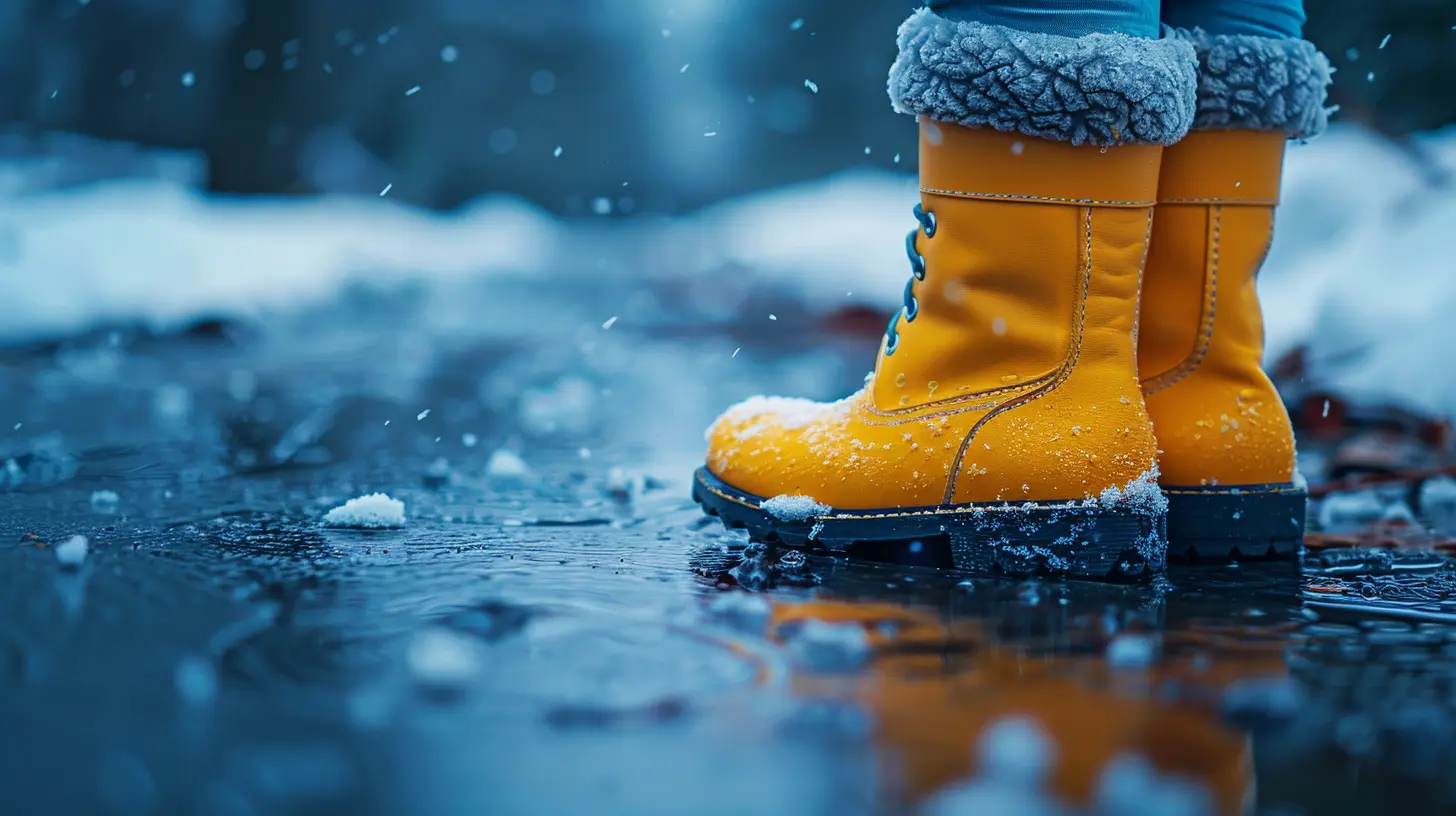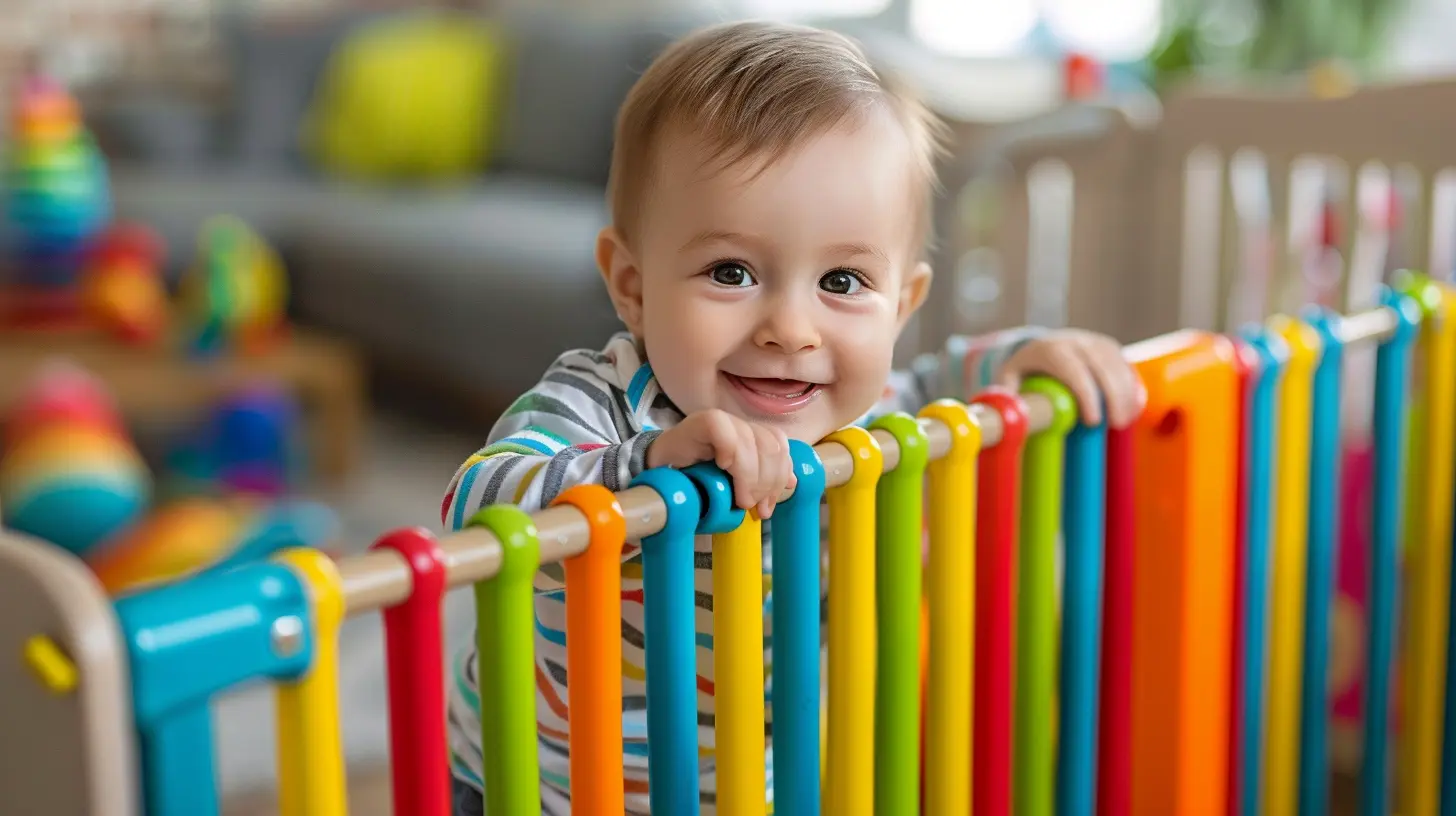Seasonal Childproofing Tips: Adapting Safety for Summer and Winter
30 May 2025
Parenting is an ever-changing journey—just when you think you've got everything figured out, the seasons shift, and suddenly, new safety concerns pop up. Summer and winter bring unique hazards that require specific childproofing strategies to keep your little ones safe.
From scorching hot surfaces in the summer to icy sidewalks in winter, adapting childproofing measures to the season is crucial. Let's break it down so your home and outdoor spaces stay as safe as possible throughout the year.

Why Seasonal Childproofing Matters
Kids are naturally curious, and they learn about the world by touching, climbing, and exploring. Unfortunately, that curiosity often puts them in harm’s way. Seasonal changes bring new risks that parents and caregivers need to anticipate.Childproofing is not a one-size-fits-all approach; what works in the summer may not be enough for winter, and vice versa. Understanding the dangers specific to each season can help you stay one step ahead and create a safe environment for your little ones. 
Summer Childproofing Tips
Summer means more time outdoors, trips to the pool, vacations, and extra sun exposure. While the warm weather encourages kids to run, jump, and explore, it also introduces various hazards that require attention.
1. Protect Against Heat and Sunburn
Summer brings intense heat, and young children are especially vulnerable to overheating and sunburns.- Sunscreen Is a Must – Apply a child-safe sunscreen (SPF 30 or higher) at least 30 minutes before going outside and reapply every two hours.
- Dress for Protection – Lightweight, breathable fabrics with long sleeves and wide-brim hats help shield your child from harmful UV rays.
- Limit Direct Sun Exposure – Avoid going outdoors during peak sun hours (10 AM to 4 PM) when UV radiation is strongest.
- Never Leave Kids in the Car – Even on a mildly warm day, temperatures inside a parked car can skyrocket in minutes, creating a life-threatening situation.

2. Water Safety: Pools, Beaches, and Bathtubs
Drowning is one of the leading causes of accidental death in children, making water safety a top priority during summer.- Supervise Constantly – Never leave young kids unattended near water—whether it's a swimming pool, inflatable kiddie pool, bathtub, or beach.
- Fence the Pool – Install a four-sided pool fence with a self-latching gate to prevent unsupervised access.
- Use Proper Floatation Devices – Purchase Coast Guard-approved life jackets instead of inflatable arm floats, which can give children a false sense of security.
- Empty Kiddie Pools – Always drain small backyard pools after use to prevent potential drowning hazards.
3. Bug Bites and Poisonous Plants
Warm weather invites bugs, including mosquitoes, ticks, and bees. Some plants also become more active in summer, increasing the risk of accidental poisoning.- Use Safe Bug Repellent – Apply a child-safe insect repellent to exposed skin and clothing before heading outdoors.
- Check for Ticks – If your child plays in grassy or wooded areas, inspect their body for ticks after outdoor activities.
- Be Aware of Hazardous Plants – Teach kids not to touch or eat unknown plants, as some can be toxic. Keep your yard and play areas free of poisonous vegetation.
4. Playground Safety and Hot Surfaces
Summer playtime is great, but playground equipment and surfaces can get dangerously hot.- Test the Temperature – Before letting kids use slides, swings, or metal equipment, touch them first to ensure they aren’t too hot.
- Stay Hydrated – Encourage kids to drink water frequently to prevent dehydration.
- Provide Shade – Use umbrellas, trees, or portable canopies to create shaded spots where kids can take breaks from the sun.
Winter Childproofing Tips
Winter brings its own set of challenges, from freezing temperatures to indoor heating hazards. Here’s how to keep your little explorers safe during the colder months.
1. Prevent Slips, Trips, and Falls
Snow and ice make outdoor surfaces treacherous, increasing the risk of falls.- Shovel and Salt Pathways – Keep driveways and walkways clear of snow and ice to reduce the risk of slipping.
- Use Kid-Friendly Boots – Choose winter boots with good traction to help prevent falls.
- Hold Hands on Icy Surfaces – Small children should always have assistance when walking on potentially slippery ground.
2. Protect Against Cold Weather Injuries
Harsh winter conditions can lead to frostbite and hypothermia if children are not properly dressed.- Dress in Layers – A base layer for warmth, an insulating layer, and a waterproof outer layer help keep children warm and dry.
- Cover Exposed Skin – Gloves, hats, and scarves help protect against frostbite.
- Watch for Overheating – Indoors, remove layers as needed to prevent excessive sweating that can lead to chills.
3. Fire and Carbon Monoxide Safety
More indoor heating means increased risks of fire and carbon monoxide poisoning.- Check Smoke and CO Detectors – Ensure that all alarms are working properly and replace batteries regularly.
- Keep Heaters Childproofed – Space heaters should have automatic shut-off features and be placed out of reach of children.
- Use Fireplace Screens – If you have a fireplace, always use a sturdy screen to prevent accidental burns.
4. Holiday Decoration Hazards
Winter often involves decorating for the holidays, but some decorations can pose risks to little ones.- Secure Christmas Trees – Anchor your tree so that toddlers can't pull it down on themselves.
- Keep Small Ornaments Out of Reach – Small decorations can be choking hazards.
- Avoid Dangerous Lights and Cords – Keep holiday lights and electrical cords out of children's reach to prevent shocks or strangulation risks.
Year-Round Childproofing Essentials
While seasonal safety is important, some childproofing measures are essential all year long. Here are a few reminders:- Keep Medications Out of Reach – Store all medicines in locked cabinets.
- Secure Heavy Furniture – Use wall anchors to prevent furniture from tipping over.
- Install Safety Gates – Block off stairways with childproof gates.
- Cover Electrical Outlets – Prevent curious fingers from exploring exposed outlets.
Final Thoughts
No matter the season, childproofing is all about staying one step ahead of potential dangers. Summer and winter each come with their own unique risks, but a little preparation goes a long way in keeping your children safe.By adapting your home and outdoor spaces to the specific hazards of each season, you can create a secure environment where your little ones can explore, play, and grow—without unnecessary risks.
So, as the seasons change, take a fresh look around your home and make those adjustments. Your child's safety is always worth the effort!
all images in this post were generated using AI tools
Category:
ChildproofingAuthor:

Max Shaffer
Discussion
rate this article
3 comments
Rocket McLanahan
Seasonal adjustments to childproofing are essential for ensuring year-round safety and peace of mind.
June 3, 2025 at 4:50 AM

Max Shaffer
Absolutely! Seasonal adjustments to childproofing help address specific hazards that arise with changing weather, ensuring a safer environment for children throughout the year.
Amalia Frank
Seasonal childproofing is essential for adapting to changing environments. During summer, focus on pool safety and outdoor hazards, while winter requires attention to heating sources and slippery conditions. Regularly reassess your home to ensure your child's safety throughout the year.
June 1, 2025 at 3:53 PM

Max Shaffer
Thank you for highlighting the importance of seasonal childproofing! Your insights on adapting safety measures for different environments are crucial for keeping our kids safe year-round.
Celeste Abbott
Seasonal adjustments are vital; proactive measures ensure child safety amidst changing seasonal hazards.
May 31, 2025 at 3:01 PM

Max Shaffer
Thank you for emphasizing the importance of seasonal adjustments! Ensuring child safety is crucial as we navigate different hazards throughout the year.



